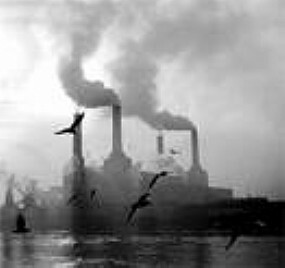You types of industries involve the most varied classifications of industrial systems and are related according to the performance and production of each one of them.
Industries emerged in the 18th century with the Industrial Revolution which started in England and spread all over the world.
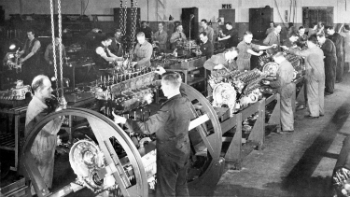
Industry during the second phase of the Industrial Revolution
In short, industries are responsible for transforming raw materials into products intended for use by other industries or even for consumption by citizens.
Basically, they include basic, intermediate, consumer goods and high-end industries. All of them include high labor, in addition to machines to assist in the process.
Therefore, "industry" can also refer to any activity and service produced in large quantities, such as tourism, culture, leisure, etc.
Within each group there are some subgroups. Check out the main characteristics of each type below:
base industries
Basic industries, also called “heavy industries” or “production goods industries” involve extractive and capital goods industries.
The activities carried out by the base industries comprise the transformation of energy or raw raw materials into processed ones which are used in other industries.
Extractive industries

oil extractive industry
Extractives, as the name implies, extract raw materials (vegetable or mineral), for example, oil, wood, ore, mineral coal, etc.
capital goods industries
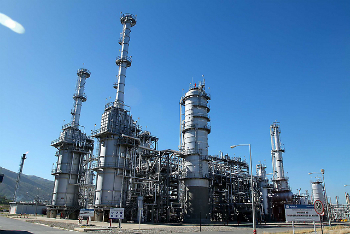
Petrochemical industry
The capital goods industries, on the other hand, produce equipment and machinery, for example, metallurgy, steel, petrochemical, shipbuilding, etc.
Intermediate industries
In this category are the industries that serve as intermediaries between the production goods and consumer goods industries.

Intermediate car industry
In other words, they collect raw materials processed by basic industries and produce parts and equipment that will be used in consumer goods industries.
Example: car parts, vehicle engines, computers, etc.
Consumer Goods Industries
Consumer goods industries receive this name because they produce several products that are directly aimed at the consumer market. They are also called “light industries”.
It is important to highlight that, unlike the base industries, these are located closer to urban centers. This facilitates access to products by your consumers.
Note that the raw materials used come from work carried out by basic and intermediate industries. They are classified in three ways:
- Durable Goods Industry: include non-perishable products such as household appliances, electronics, furniture, vehicles, among others. It receives this name since the generated products have a long durability.
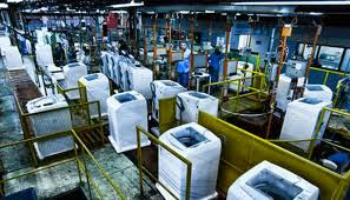
home appliance industry
- Semi-durable goods industry: it is intermediate between the two other types of consumer goods industry. In other words, the products generated have an average useful life, for example, telephones, clothes, shoes, etc.
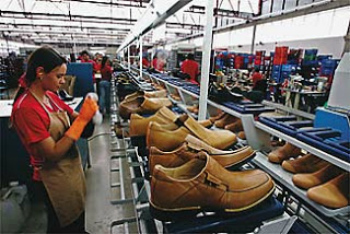
shoe industry
- Nondurable Goods Industry: involve perishable products considered as a first necessity, for example, food, beverages, medicines, cosmetics, etc.

Food industry
cutting edge industries
State-of-the-art industries are those that focus on high tech. Unlike many of them, these involve skilled labor, that is, workers with a high level of education.

computer industry
Here, we can mention companies related to communication, computers, telephones, aviation, navigation, among others.
Read too:
- Industry
- Industrialization
- Industrialization in Brazil
- Industrial Revolution
- Enem geography: subjects that fall the most

